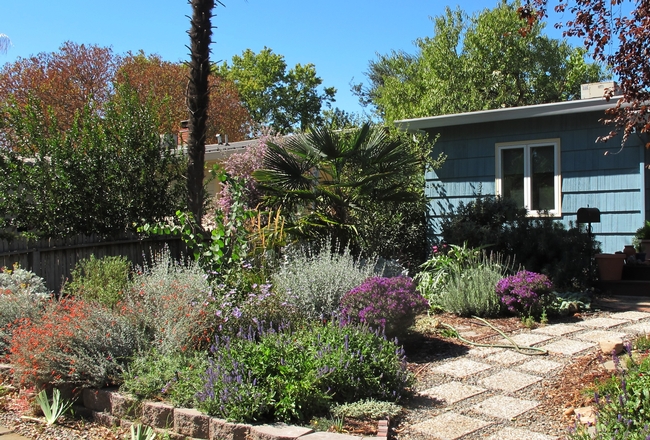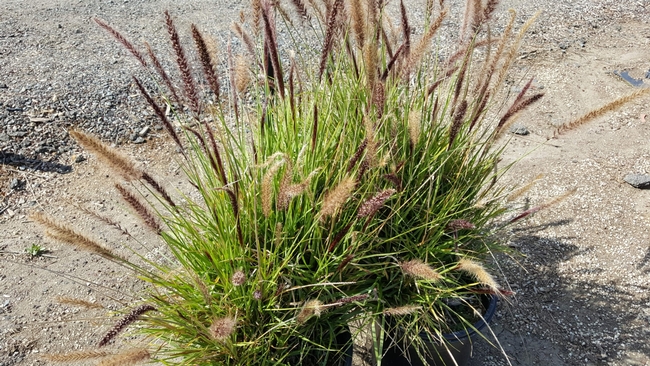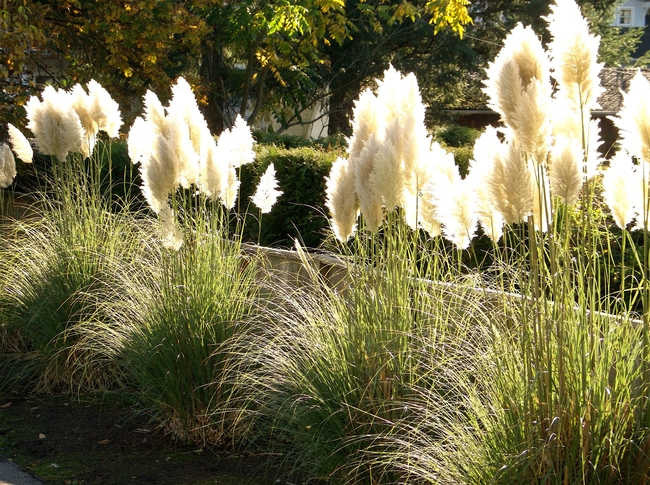Hello Sprout readers, We have a few questions for you…
- Are you tired of your landscape and ready for something new?
- Have you been thinking about replacing all or part of your lawn?
- Are you confused about how to transition from sprinkler to drip irrigation?
- Do you want to attract insect pollinators and birds to your landscape?
If you answered “yes” to any of these questions, this is the workshop for you! Learn how to replace your sprinkler system and convert to drip, hear about some low water use plants, including a list of plants that can provide bloom year-round.
Bring your questions! This is an especially great opportunity to speak with Tim Long, an expert in drip irrigation systems, as well as our other speakers who have experience with growing CA natives and lawn removal.
Workshop cost includes seeds, plants, and presentation materials and helps support our program. If you are unable to afford to pay for this class, not a problem! Just sign up so we know you are coming.
Where: Ag Center, Harvest Hall rooms D&E, 3800 Cornucopia Way, Modesto, 95358.
When: Saturday, October 7, 9:00 AM - 12:00 PM
Cost: $10
Questions? (209) 525-6800
Sign Up: https://ucanr.edu/new/front/yard
Instructors: UC Cooperative Extension, Stanislaus County Master Gardeners - Heidi Aufdermaur, Tim Long, Rhonda Allen, Doone Cockrell, and Bobbie Green.
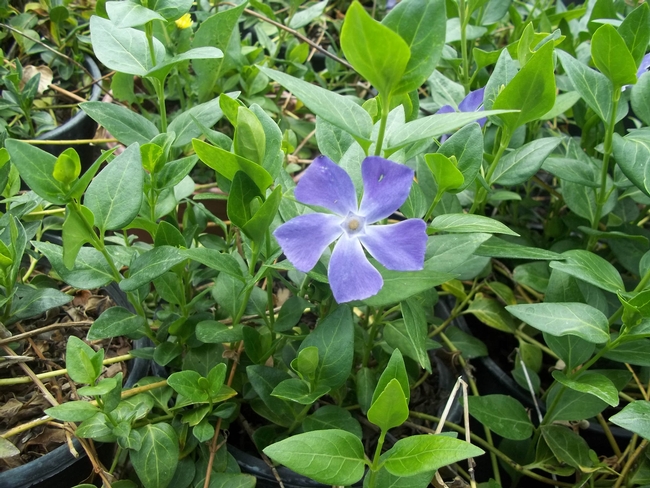
California Invasive Species Week is June 3-11. This is the perfect time to raise awareness about the impact of invasive plants on our natural ecosystems and the importance of making informed plant choices. Invasive species can have detrimental effects on local flora and fauna, often outcompeting other plants for resources and disrupting local ecosystems.
By selecting plants that are well-suited to your environment and not invasive, you can make a positive contribution to preserving California's diverse landscapes. Many invasive plants can be aesthetically pleasing and low-maintenance, making them a popular choice for gardeners. However, invasive plants can spread rapidly, taking over natural habitats and causing significant environmental damage. Invasive species often have few natural predators, enabling them to grow uncontrollably and outcompete other plants for resources like water, sunlight, and nutrients. This can lead to the loss of biodiversity, reduced habitat quality for wildlife, and increased risk of erosion and wildfires.
Examples of Invasive Plants in California:
1. Periwinkle (Vinca major)-This evergreen groundcover is a popular species because of its beautiful purple blooms. Periwinkleforms dense mats that can smother native plants and alter soil chemistry. Instead of periwinkle, try planting native groundcovers like California lilac (Ceanothus spp.) or hummingbird sage (Salvia spathacea).
2. Fountain grass (Pennisetum setaceum)-This ornamental grass is highly adaptable and has invaded many natural habitats, including grasslands and coastal sage scrub. Instead, opt for native grasses like purple needlegrass (Stipa pulchra) or deergrass (Muhlenbergia rigens) or the smaller version (Muhlenbergia dubia).
3. Pampas grass (Cortaderia selloana)-A tall, clumping grass with feathery blooms that can quickly dominate landscapes and outcompete native species. Consider planting native ornamental grasses such as blue grama grass (Bouteloua gracilis) or switchgrass (Panicum virgatum) as alternatives to pampas grass.
4. Tree of heaven (Ailanthus altissima)-This fast-growing tree can release chemicals that inhibit the growth of other plants and can sprout vigorously from root fragments. Plant California native trees like sycamore (Platanus racemosa) or western redbud (Cercis occidentalis) instead of the invasive tree of heaven.
Celebrate Invasive Species Week!
Additional Resources:
organization dedicated to protecting California's wildlands from invasive plants through
research, restoration, and education.
•California Native Plant Society (CNPS)-https://www.cnps.org/-CNPS is a non-profit
organization that promotes the understanding and appreciation of California's native plants and
preserves them in their natural habitat.
•PlantRight-https://plantright.org/-PlantRight works with California's nursey industry to keep
invasive plants out of our landscapes and promotes the sale of non-invasive alternatives.
- Author: Denise Godbout-Avant
How Did the Western Monarchs Do This Winter in California?
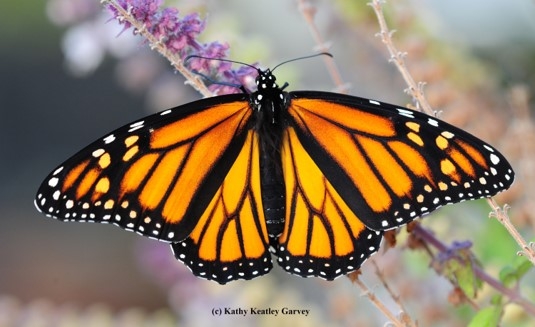
Monarchs in Trouble
The colorful orange-and-black, magnificent monarch butterflies (Danaus plexippus) are the world's most recognized and beloved butterflies. Yet, they are increasingly in danger of becoming extinct. An announcement last summer from International Union for Conservation of Nature (IUCN) announced the monarch butterfly had been put on its "Red List of Threatened Species as Endangered” due to habitat destruction, climate change, and pesticides, with the primary reason being reduction in milkweed plants that are so vital to their survival.
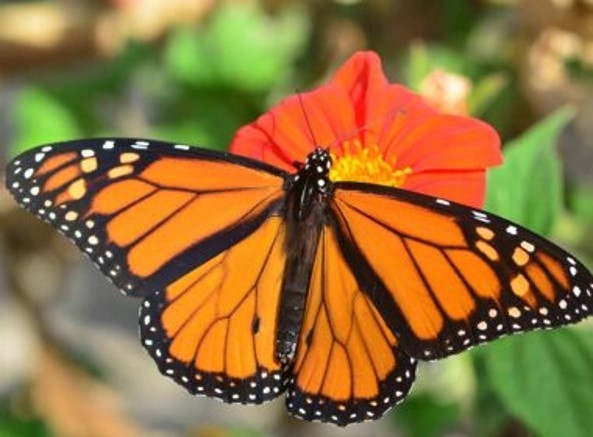
This Year's Status
According to a recent article by Tara Duggan (https://www.pressreader.com/usa/san-francisco-chronicle-late-edition/20230201/281595244675872) the 2022 annual Thanksgiving count organized by Xerces Society showed relatively high numbers of western monarchs this year with over 330,000 found in overwintering sites throughout California's central coast. This is a significant increase from the winter of 2020-21 when fewer than 2,000 were counted and they were thought to be on the threshold of extinction. The 2021-2022 count the following year was much better, at 250,000.
At the Pismo Beach monarch sanctuary, a board showed some of the tallies made over the years: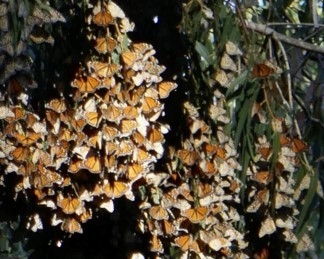
1990 – 230,000
1995 – 150,000
2000 – 40,000
2005 – 32,000
2010 – 24,000
2015 – 28,000
2017 – 12,300
2019 – 6,000
2020 – 188
2021 – 22,700
2022 – 24,128
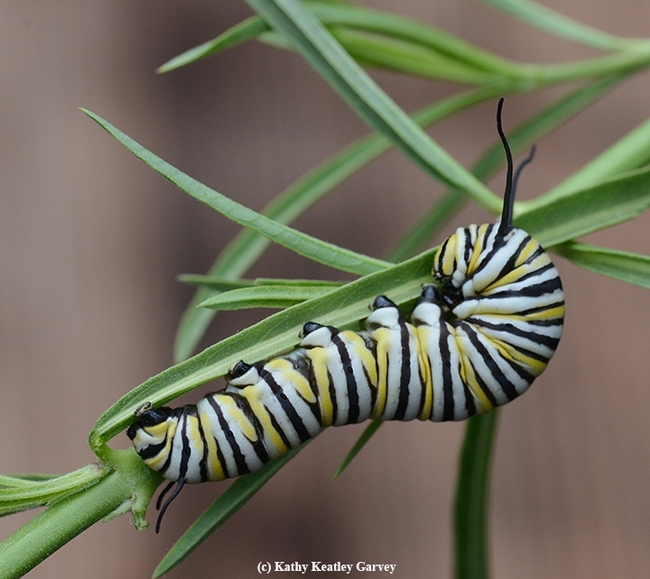
11/15/22 – 24,100
11/30/22 – 19,177
12/13/22 – 15,707
1/17/23 – 15,817
2/7/23 – 15,015
2/21/23 – 4,628
How You Can Help
- Plant nectar plants for the adults! While caterpillars feed only on milkweed, the adult monarch feeds on nectar from flowers while migrating. Native plants with tubular or funnel shapes are particularly attractive and nutritious for all butterflies.
- Plant milkweed! This plant is crucial to monarchs' survival since it is the only plant females lay their eggs on and the only source of food for the emerging larvae. When possible, plant from seed. If you purchase plants ask the nursery or garden center if the grower treated the plants with pesticides. The best time to plant is in the fall months when it's cooler, at the start of the rainy season. Local native milkweed varieties include:
o Asclepias fascicularis (Narrowleaf milkweed)
o Asclepias speciosa (Showy milkweed)
o Asclepias syriaca (Common milkweed)
o Asclepias cordifolia (Heartleaf milkweed)
- Use UC Integrated Pest Management as a resource: (https://ipm.ucanr.edu/PMG/menu.homegarden.html). If you use a pesticide, avoid broad spectrum pesticides, selecting a pesticide for the specific pest/disease, or choose one that is less toxic such as horticultural oils and insecticidal soaps. Be sure to follow instructions and apply in early morning or late evening when pollinators are unlikely to be present.
- Get involved in the annual western monarch Thanksgiving and New Year counts (https://www.westernmonarchcount.org/) and/or tagging monarchs to monitor their migration patterns (https://www.monarchwatch.org/tagging/)
What Will the Future Bring for the Western Monarch?
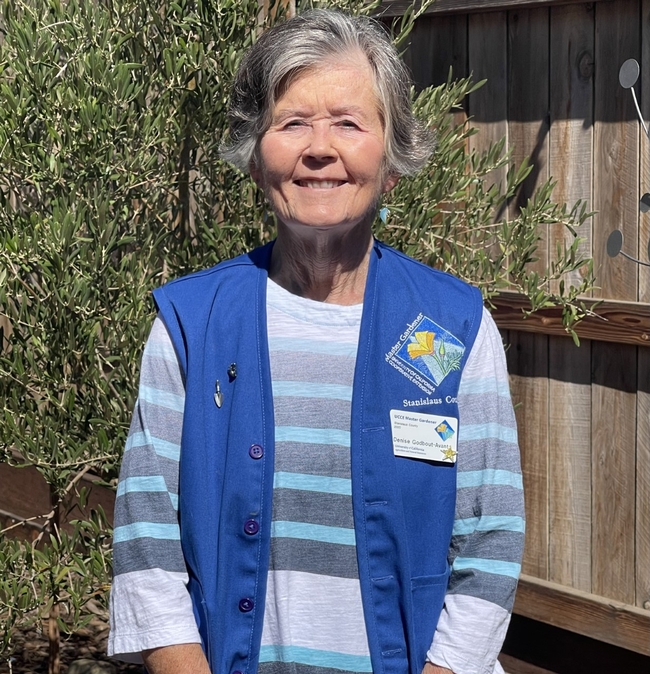
Only time will tell if their numbers will increase, but scientists say these efforts could help the western monarch population recover. By planting milkweed and native flowering plants in our gardens, we can be a part of this ongoing endeavor and hopefully be able to see more of these magnificent butterflies floating about in our gardens in the future.
To learn more about the life cycle and migration of the western monarch, read my article “Marvelous Monarchs” at https://ucanr.edu/blogs/blogcore/postdetail.cfm?postnum=55249
Denise Godbout-Avant has been a UCCE Master Gardener with Stanislaus County since 2020
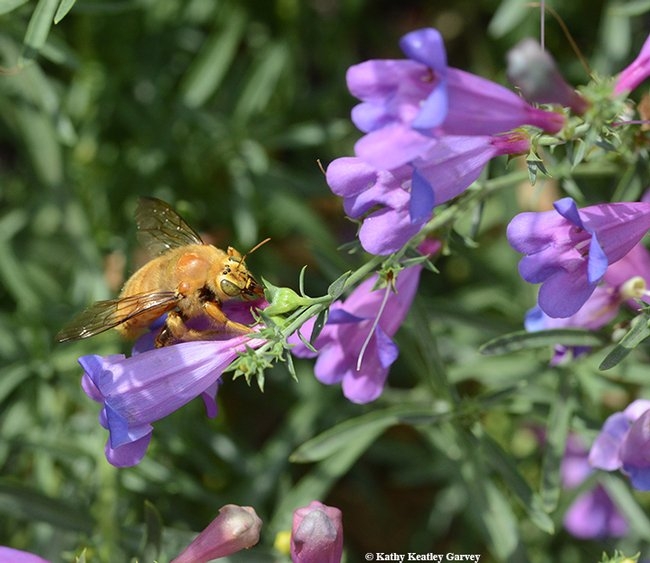
Sat, 3/4 at 2:00 p.m. – Empire Library
Tues, 3/7 at 6:00 p.m. – Salida Library
Wed, 3/8 at 2:30 p.m. – Patterson Library
Sat, 3/11 at 2:00 p.m. – Riverbank Library
Mon, 3/13 at 6:00 p.m. – Ceres Library
Tues, 3/14 at 6:00 p.m. – Oakdale Library
Wed, 3/22 at 6:00 p.m. – Turlock Library
Mon, 3/27 at 5:30 p.m. – Modesto Library
Don't see your local library on our list? Contact them to request our classes.
- Author: Anne Schellman
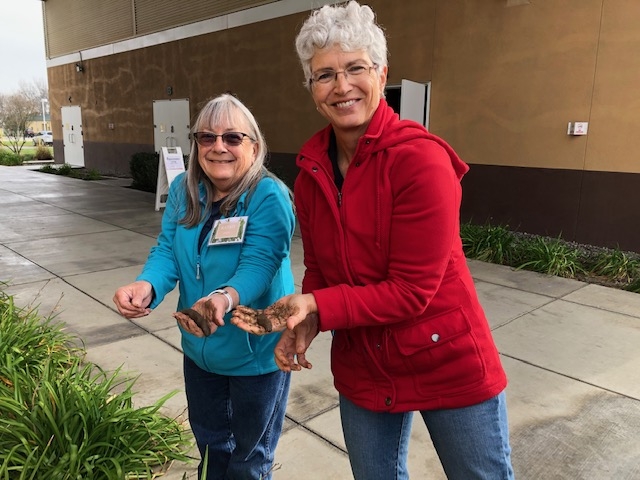
Do I need to test my garden soil?
The short answer is, “no.” Although many gardening magazines and websites advise gardeners to “test” their soil, it's unnecessary unless you suspect a major problem such as lead contamination or excess salts.
For a list of soil laboratories located in Stanislaus, Merced, Fresno, and Merced Counties, visit https://cemerced.ucanr.edu/ClimateSmartAg/HSP/SoilTest/Soil_Testing_Laboratories_in_Fresno_Madera_Merced_and_Stanislaus_Counties/
I think I have bad soil; nothing grows! What should I do?
The most common reason gardeners have trouble with soil is compaction, which results in poor drainage. This is often caused by compaction from heavy machinery or foot traffic. To improve soil, Master Gardeners recommend adding 4-6” of compost and mixing it into the soil. This is best done when soil is not wet. Since compost is an organic material that breaks down, continue to add it each season.
I think there are diseases in my soil, what should I spray?
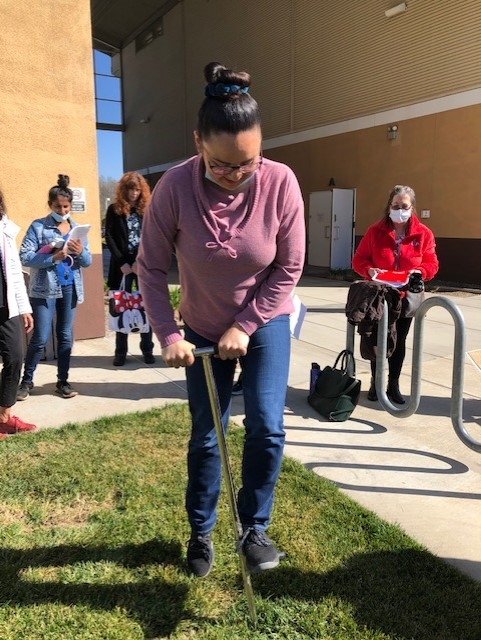
Should I add manure to my vegetable garden soil?
Manure is a great addition to prepare your soil for a vegetable garden. However, it's best to use composted manure and to incorporate it into the soil several weeks before you plant. If fresh manure is used, plants may turn yellow due to the high concentration of salts.
How often should I fertilize my fruit trees?
Fruit trees work hard to produce a crop and do benefit from applications of fruit tree fertilizer in spring. Always follow the instructions on the package and never apply more than is recommended.
Have a soil, fertilizer, or other question topic we didn't answer?
Our Master Gardeners are available on Wednesdays from 9:00 a.m. to noon in person or by phone (209) 525-6802. You can also drop off a sample during business hours and we will get back to you, or fill out this survey (you can also attach photos if needed):
http://ucanr.edu/ask/ucmgstanislaus A Master Gardener will get back to you within 5 days of your request.
UCCE Stanislaus County Master Gardeners
3800 Cornucopia Way Ste A
Modesto, CA 95358
If you live in another county in California, you can find your local Master Gardener program by using this link https://mg.ucanr.edu/FindUs/

